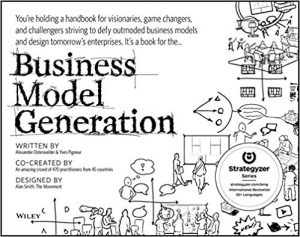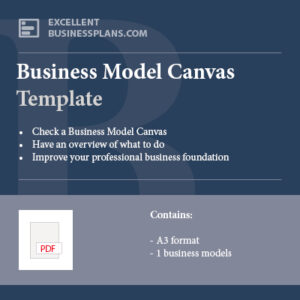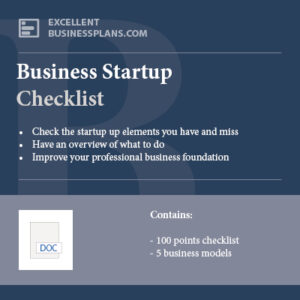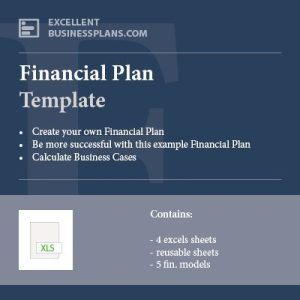Need a helping hand to bring your business idea to life? Create a Business Model Canvas to map out and strengthen your vision.
This useful tool allows you to view and analyze your business concept in a more visual way, helping you to think more deeply about the key elements of your business. Download a business model template here.
Doing this exercise is very helpful in getting to know what you need to do next. With the Business Canvas map, you’ll have a sound tool to plan and organize your business goals. It also makes it easier to get everyone on the same page.
Excellent Framework for Business Strategy
Looking to get a better grasp of how your business should be set up? Use this framework to quickly understand your business model and layout. With this model, all the information on your business can be visualized on a single A4 size paper, instead of a bulky stack of documents!
For an even better overview, you can print it out on a larger scale and hang it on your office wall to add notes and post-it comments. Doing this exercise first will make creating a business plan much simpler.
The origins of the Business Model Canvas
The business model canvas, developed by Osterwalder and Pigneur in 2010, is a great tool to use when creating or evaluating your business strategy. It allows you to gain insight into different components of your company, such as primary partners, cost flows, and more – providing you with an effective way to visualize your business.

Download the Business Canvas Template here and start designing your Value Proposition.
Key Elements of the Business Model Canvas
The Business Model Canvas is a tool that helps businesses think about different elements of their business. It’s made up of 9 key elements – customer segments, value propositions, channels, customer relationships, revenue streams, resources, activities, partners, and costs. By filling in each element, business owners can get a better picture of the overall business model.
PRIMARY PARTNERS
- Who are your Primary Partners?
- Who are your Primary Suppliers?
- What resources do you get from your Suppliers?
- What activities do your Primary Partners carry
CORE ACTIVITIES
- Which core activities are necessary for the Value Proposition?
PRIMARY MEANS
- What are the most important resources needed to ensure that the Business Model works?
VALUE PROPOSITION
- What value is created for specific Customer Segments?
CUSTOMER RELATIONS
- What kind of relationships do you deal with specific Customer Segments? Are they different.
CUSTOMER SEGMENTS
- What are the different types of groups of people or organizations that you want to serve with your company? Think indirect distribution of the value chain. Try to create a persona.
CHANNELS
- Through which Channels your company communicates with specific customer segments a value.
COST STRUCTURE
- What Costs must be incurred to make the business model work?
REVENUE STREAMS
- What income (Revenue Streams) does your company generate from the various activities and Customer Segments?
- You can pick multiple options.
- Commission per product, advertising, online sales, fee on shipping, royalties, saas, licencing, seats, pay per use, pay per view, look for new earnings models as digital business models change in time, etc. etc.
Approach
Begin with the Value Proposition in the middle. Explain: what do you have to offer, what is the customer’s struggle, what problems are you trying to tackle and how do you provide the Solution, which components does it comprise of? You will have part of the Value Proposition. Then assess for a high cost range (quality) or low cost range (volume). Afterwards, progress to the other areas.
Segments are essential, as your solution could be distinct for different Customer Segments. Consider for instance demographics of customers (women /men, or age groups), or segments like large or small organizations.
The Cost / Revenue part is the basis of your profitability. Afterwards, fill in all the fields and improve. Utilize different colors in the beginning for new segments or begin a fresh canvas just for the segment.
Conclusion
After creating your business canvas, it can be difficult to decide which version to go with. To make sure you choose the right one, it’s important to reach out to your potential customers for validation. Ask for their feedback, interview them, and show them your business model canvas. This is an essential step for all business ideas and will help you get customers for testing out your startup idea.
For additional help, we suggest printing your business model canvas on A3/A2 size and hanging it in your workspace. This will help you stay focused and keep track of your progress. Best of luck and enjoy your journey!
 Read the book
Read the book
Do you need the original book of the concept and a more in depth approach? You could order the book here.
You could order the book here.


 Read the book
Read the book



